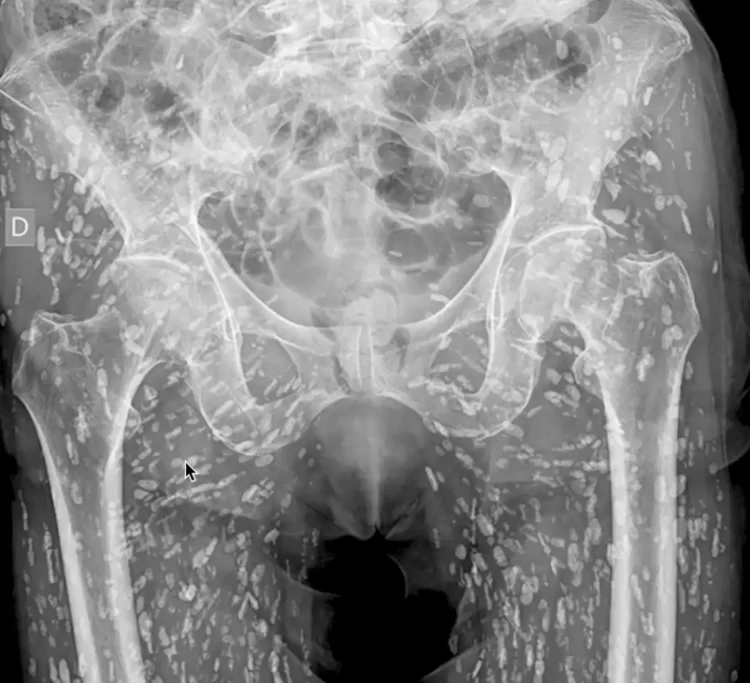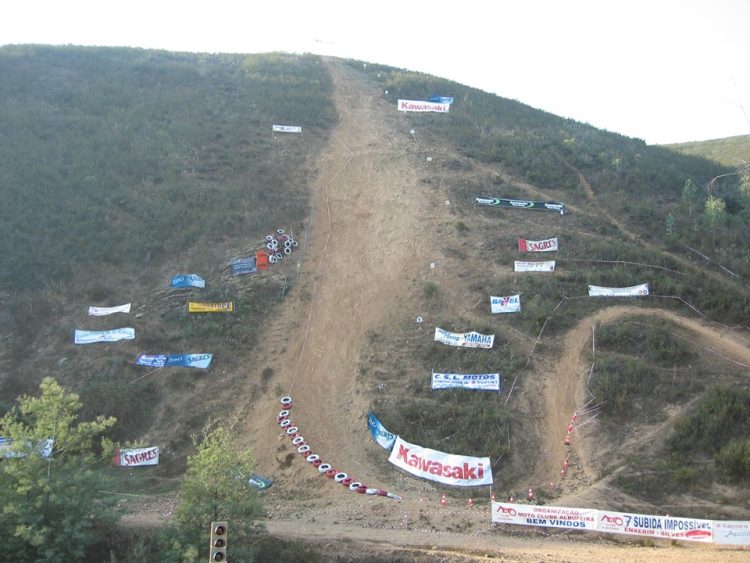Zaira Pulido is a Colombian artist who uses long strands of human hair instead of thread to create embroidered works of art.
Bogota-based Zaira Pulido has been asking every one of her friends and people she’s into for strands of their hair to use in a series of embroidered artworks. She uses the human hair instead of the usual thread and creates various works, like embroidered portraits of her friends (each made with their own hair), an embroidered comb or a replica of her bra. I noticed some people find working with human hair disgusting, but personally I like seeing hair used as an art medium, and Zaira Pulido’s work is right up my alley.





















